
Managing pasture properly requires much skill, just like any agronomic crop.


Managing pasture properly requires much skill, just like any agronomic crop.
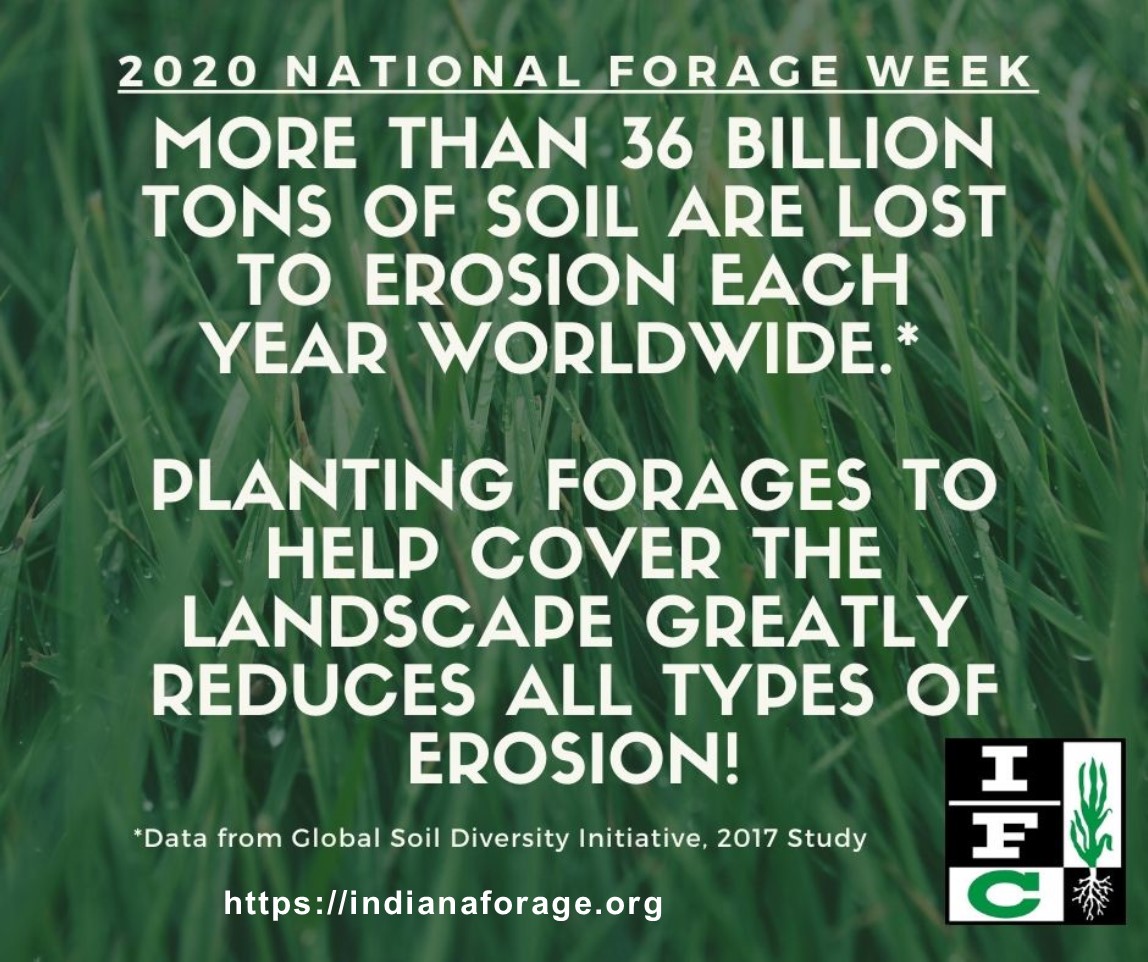
National Forage Week (June 21 – 27) is coming to a close.
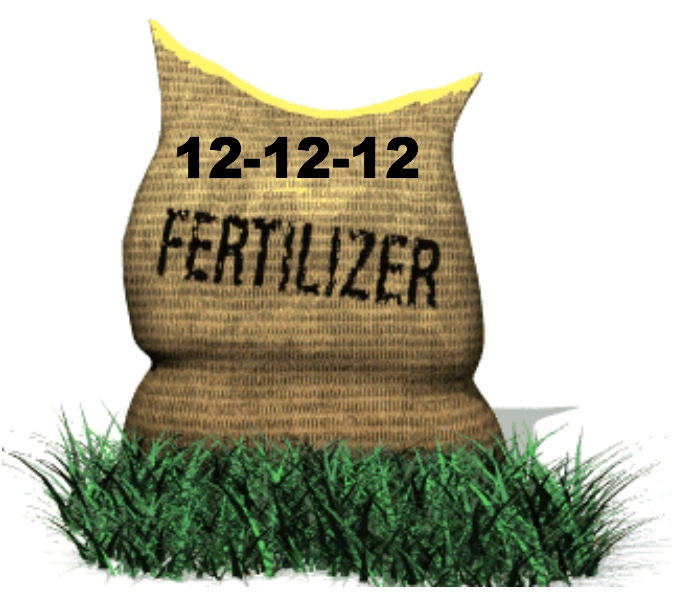
Almost forty years as Purdue University’s Forage Extension Specialist, there is one forage production practice recommendation that draws my ire and has become a major pet peeve; so much that every time the recommendation is offered I think I lose another hair follicle on my head and legs.

You don’t see birdsfoot trefoil in many Indiana pastures.
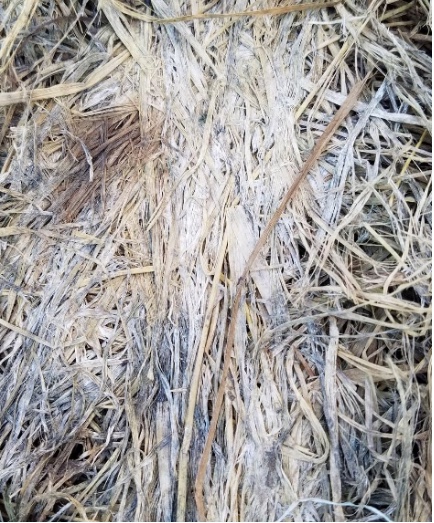
Much hay has been made in Indiana the last 10 days.
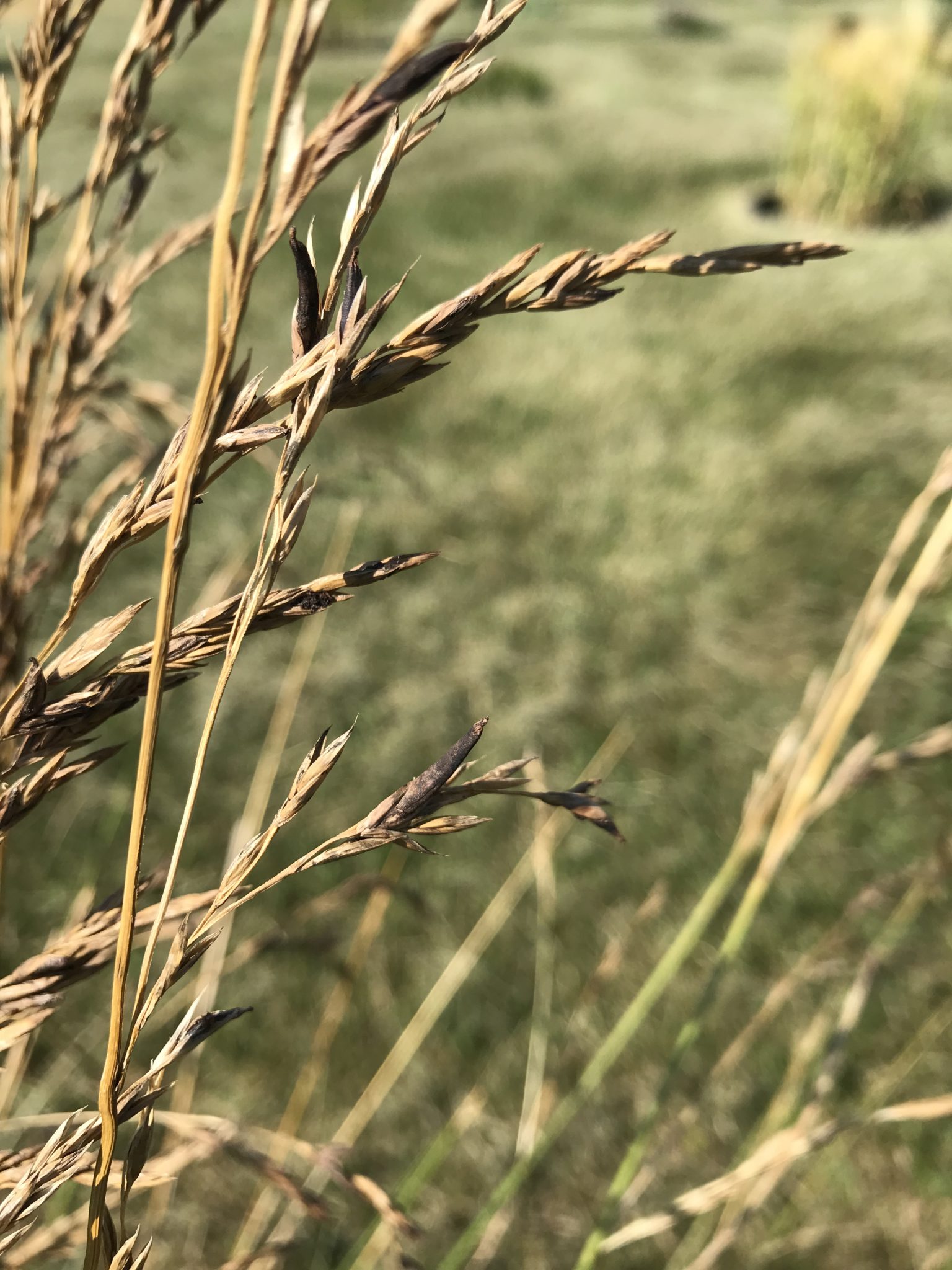
Do you remember the spring season of 2019?
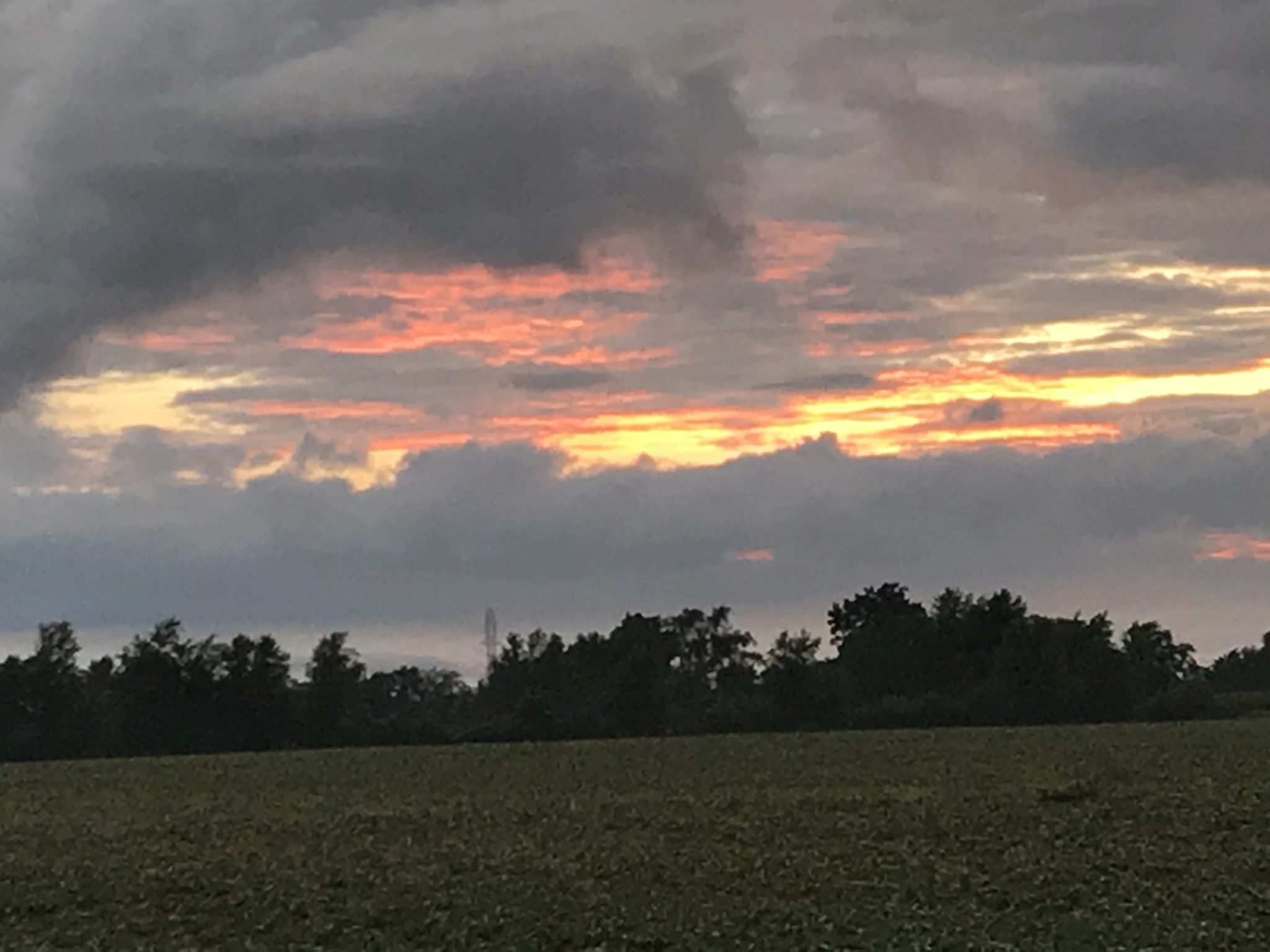
To make excellent quality hay, the forage needs to be cut at the right growth stage and packaged into a bale at the right moisture content without incidence of rain damage.
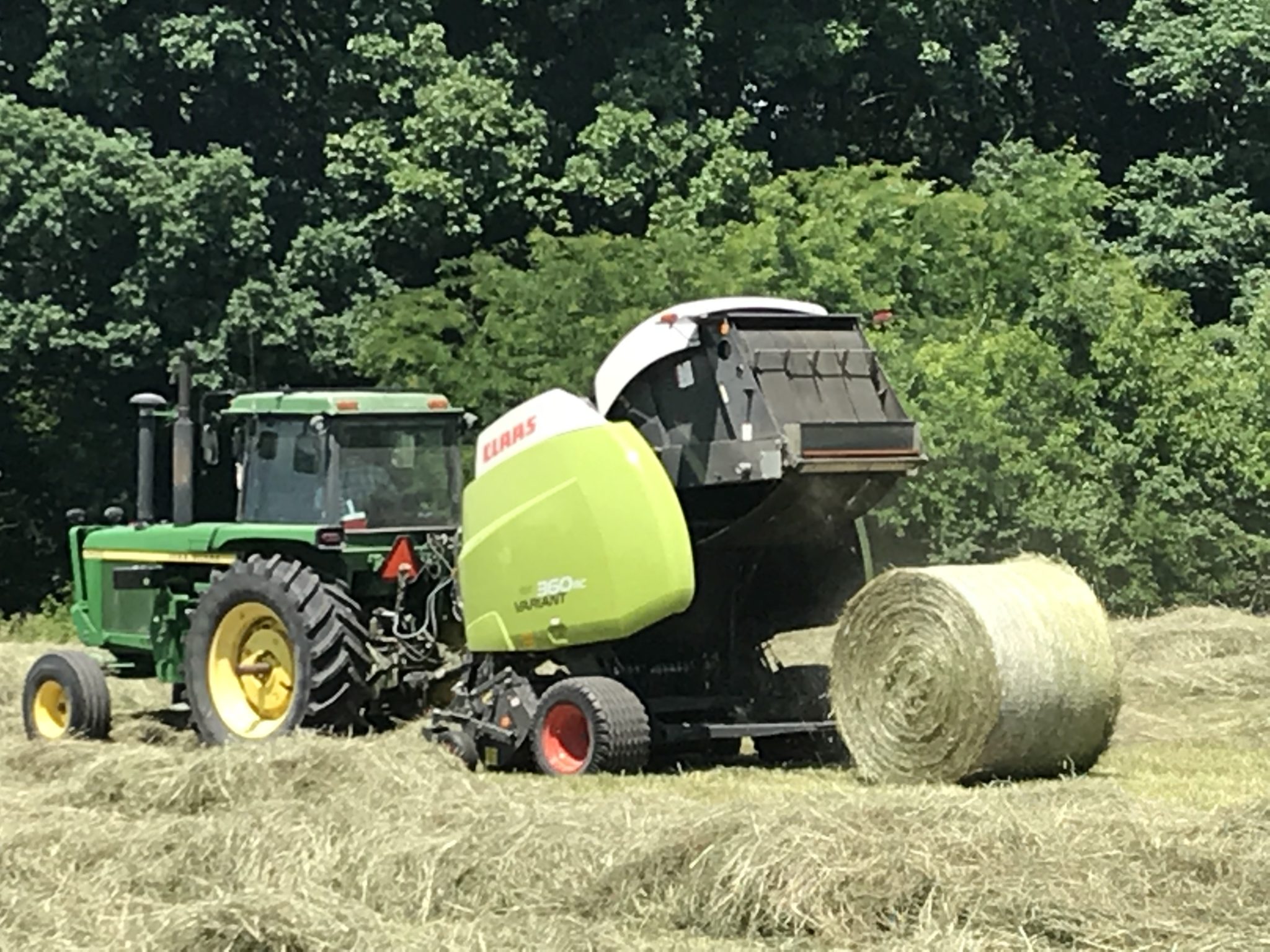
As we near mid-May, it is important to have hay harvest equipment in excellent condition so the forage can be harvested at optimum quality when weather conditions allow and to reduce harvest delays because of equipment breakdowns.
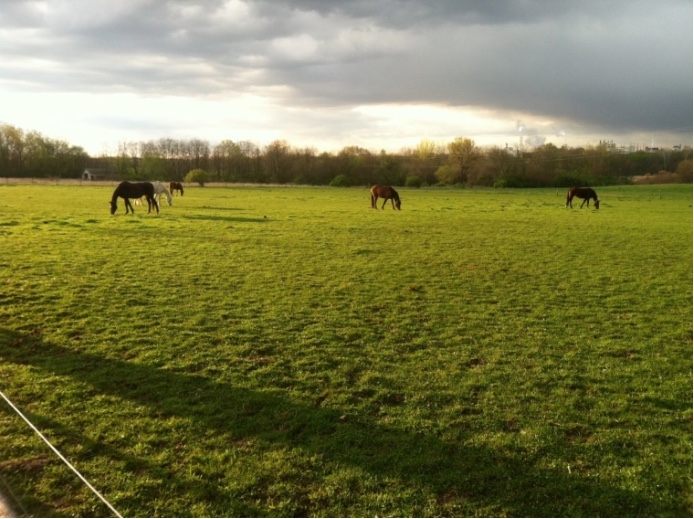
The 2020 grazing season has recently started and hay harvest is going to begin soon. As the pasture gets grazed and the forage growing in the field is mown, make sure to evaluate grazing and cutting height so perennial plants have better persistence.
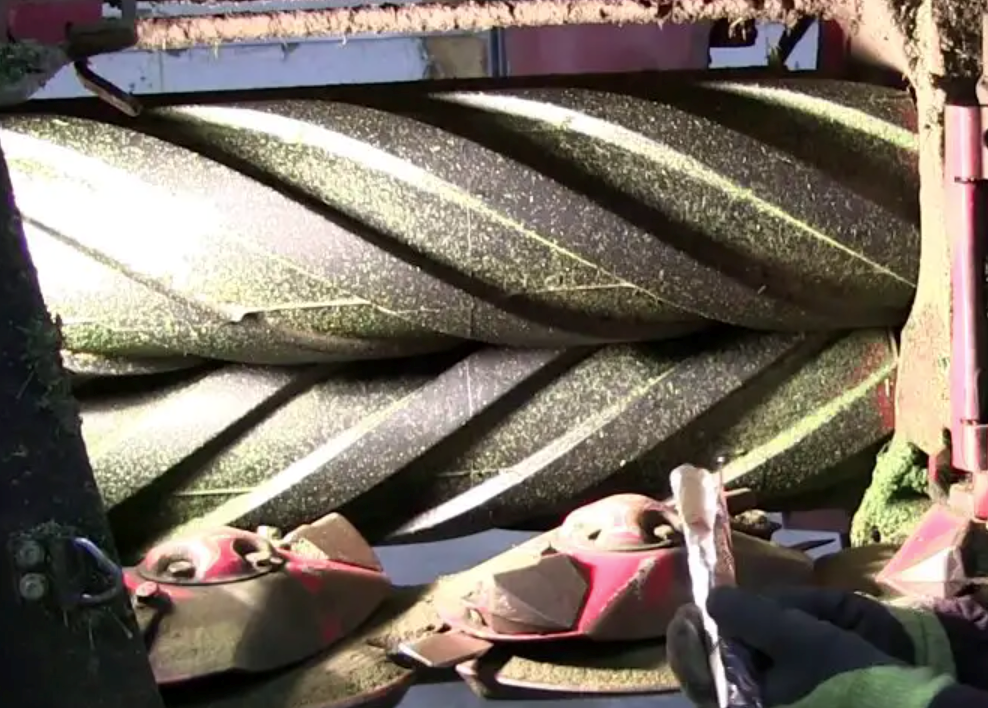
Harvest of cool-season perennial grasses, perennial legumes, and winter-annual small grains will begin within three weeks in Indiana.
© 2025 Purdue University | An equal access/equal opportunity university | Copyright Complaints | Maintained by Pest&Crop newsletter
If you have trouble accessing this page because of a disability, please contact Pest&Crop newsletter at luck@purdue.edu.